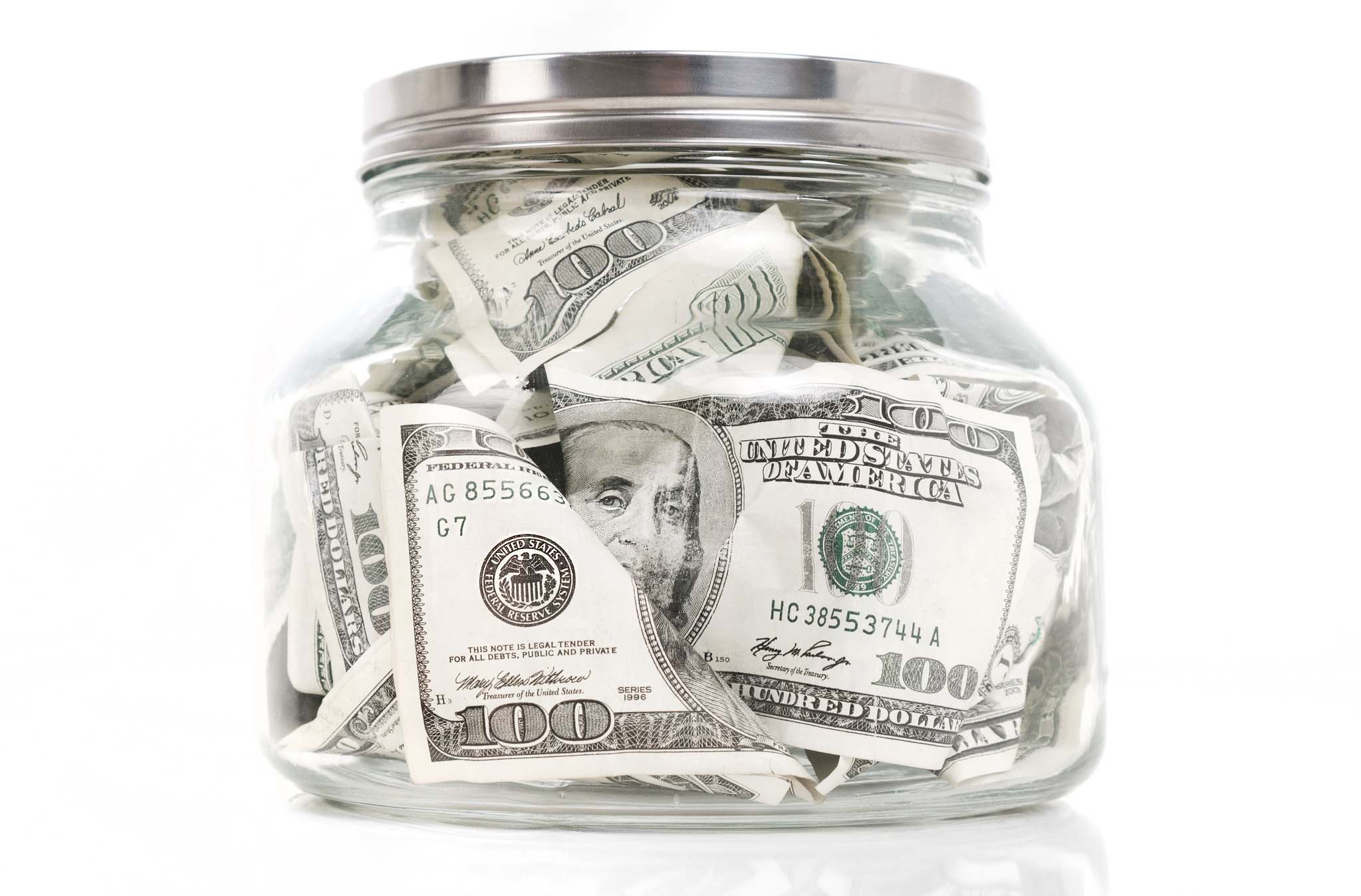IBEW members know union membership helps their bottom line through higher wages and better benefits. Now, a new report from the Treasury Department – the people who print money – suggests that the economy as a whole benefits from the presence of unions.
For the first time ever, Treasury Department economists crunched years of economic data tracing the middle class and income inequality. They concluded that unions are good for the economy.
“This report is the administration’s latest action to strengthen the important role of labor unions in our economy, and it’s the Treasury Department’s first major effort to lay out the rationale for why we think this is so important,” said Treasury Secretary Janet Yellen.
Commissioned by the White House Task Force on Worker Organizing and Empowerment, the report laid out the economic benefits of labor unions and how collective bargaining helps expand the middle class, increase wages, contributes to the economy’s growth and resilience and promotes benefits far beyond the unionized workforce.
The Treasury report found that unions also increase wages for women and people of color. During a Sept. 19 briefing for AFL-CIO affiliates, Treasury Department economist Laura Feiveson said, “This differs from what union membership looked liked in the 1950s and 1960s. This is quite a change. Strengthening unions would change the well-being of many different races and genders.”
Feiveson, deputy assistant secretary of microeconomics, traced economic trends of the middle class from the 1960s to 2020, noting stagnating incomes, the higher cost of housing, increased debt burdens and decreased preparedness for retirement.
“There are positive and negative trends so I don’t want to paint a doom-and-gloom picture,” Feiveson said. “We think unions can be an antidote,” highlighting increasing labor force opportunities across race and gender, safer workplaces, educational attainment and increasing innovation and technical advancements.
In the most recent data, union membership peaked in the 1950s and has declined to about 11 percent of the U.S. workforce.
“We wanted to piece together the narrative and what we can say about the future,” Feiveson said.
This report comes as the Treasury Department releases additional guidance for administering the Inflation Reduction Act more than a year following its passage. The law is the largest energy and climate bill in U.S. history – clocking in at $369 billion in clean energy tax credits. President Biden, Vice President Harris and Democrats in Congress designed it to spur private investment in renewable energy by enticing developers with tax breaks to use prevailing wages and participate in registered apprenticeship programs.
In August, Yellen visited Las Vegas Local 357, where, in the last 10 years, its members have installed 2 gigawatts of solar power. That is enough to power 1.75 million homes for a year.
“It’s not good luck or abundant sunshine that is putting IBEW members to work,” said Local 357’s assistant business manager Lamare Jones. “It’s game-changing investments by the Biden administration, like the Inflation Reduction Act. Thanks to this building boom and high labor standards in this law, the future is looking bright for the IBEW.”
Link to this post here.

